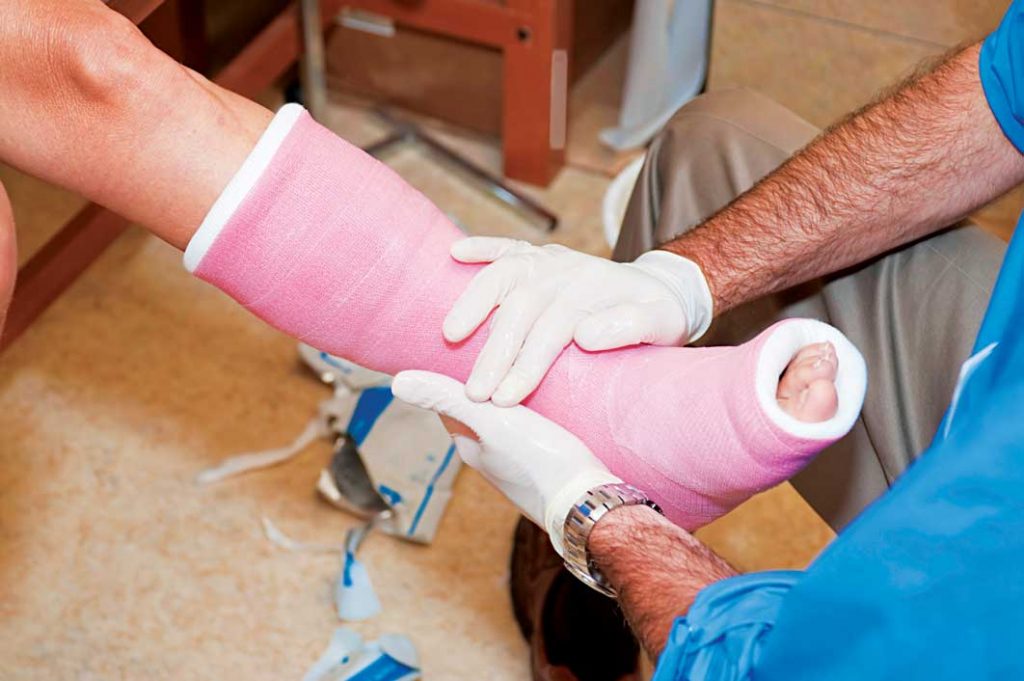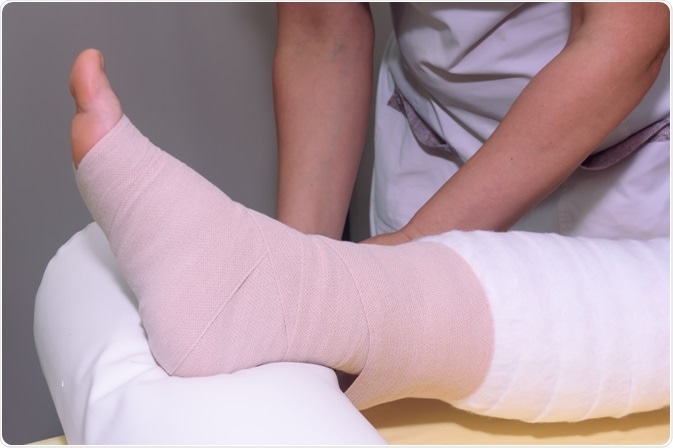the Such treatment is essential to support optimal healing and minimize the risk of potential complications.One of the longstanding methods employed by healthcare professionals to aid in the recovery of fractures involves the application of plaster casts. In this comprehensive guide, we delve into the reasons behind the use of plaster in treating fractures.
1. Immobilization and Stability:
When a bone fractures, one of the primary goals of treatment is to immobilize the affected area to allow the bone to heal correctly. Plaster casts are exceptionally effective at achieving this. By encasing the fractured bone and the surrounding area in a rigid cast, movement at the fracture site is restricted. This immobilization is crucial because it prevents further damage to the injured bone, allowing the body’s natural healing processes to occur undisturbed.
2. Alignment Restoration:
For a fractured bone to heal properly, it must be set in its correct anatomical position. This alignment ensures that the bone regenerates in its original form, minimizing deformities or irregularities. Plaster casts are applied while the bone is held in the correct position, ensuring that the fractured ends are in proper alignment. As the plaster hardens, it helps maintain this alignment throughout the healing process.

Read more.. Exploring the Enigma of Breast Cancer: A Journey of Hope, Awareness, and Progress
3. Protection from External Factors:
Fractured bones are vulnerable to various external factors that can hinder or complicate the healing process. Plaster casts serve as a protective barrier, shielding the injured area from potential harm. They guard against accidental bumps, impacts, or undue stress that could disrupt the healing bone. Additionally, plaster casts help safeguard against infection, reducing the risk of complications.
4. Pain Management:
Fractures often cause significant pain, particularly during movement. Immobilizing the affected area with a plaster cast can alleviate pain by preventing motion at the fracture site. This pain relief enhances the patient’s comfort during the healing process, promoting a more positive overall experience.
5. Facilitating Bone Healing:
The innate healing mechanisms of the body take charge of repairing fractured bones. When a bone sustains a break, the body triggers a sophisticated series of events that entail the development of fresh bone tissue to bridge the divide between the fractured segments. Plaster casts establish an optimal setting for this restorative process to commence. Through their function of immobilizing the fractured bone, they substantially diminish the likelihood of complications such as delayed healing, nonunion, or malunion.
6. Patient Compliance:
Patients may inadvertently exacerbate their injuries through unintended movement or strain if proper immobilization is not ensured. Plaster casts serve as a practical solution by providing a constant reminder to patients to limit the use of the injured limb or area. This encourages compliance with the recommended restrictions for a successful recovery.
7. Versatility and Effectiveness:
Plaster casts are highly versatile and can be applied to a wide range of fractures, from simple to complex. Their effectiveness in maintaining immobilization and alignment makes them a preferred choice for many orthopedic specialists. Furthermore, plaster casts can be customized to suit the specific requirements of each patient, ensuring a snug and secure fit.
8. Time-Tested Reliability:
The utilization of plaster casts for mending fractures has endured through the ages. Throughout the years, the medical community has diligently honed techniques and improved materials, elevating the reliability and safety of this approach. The long-lasting prevalence of plaster casts serves as a testament to their efficacy in fostering the healing of fractured bones.

Read more.. The Job of AI in Customized Medical services
In conclusion
the application of plaster casts remains a time-honored and exceedingly efficient practice within the realm of orthopedics. These casts assume a pivotal role in immobilizing, realigning, and safeguarding fractured bones. They also facilitate the body’s innate restorative processes, ultimately culminating in a triumphant recuperation. Their adaptability and trustworthiness establish them as a cornerstone of fracture management, ensuring that patients receive optimal care for their injuries.
Read more.. 10 Essential Health Tips for a Balanced Lifestyle

